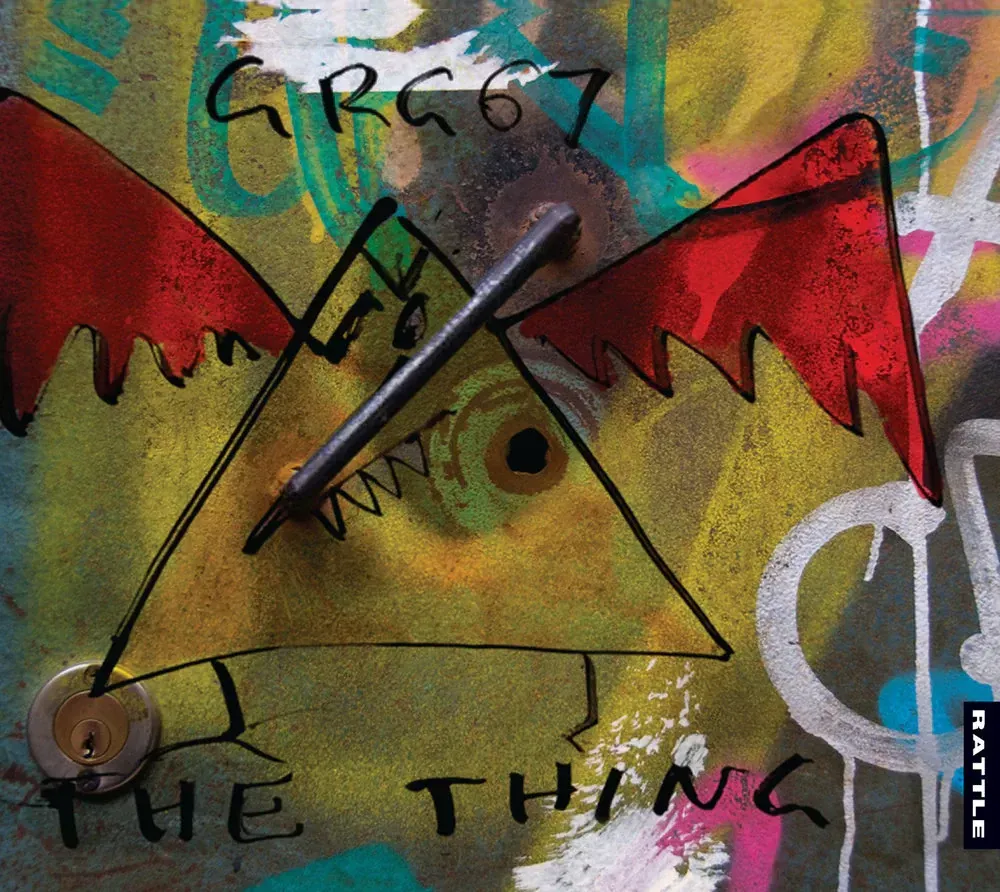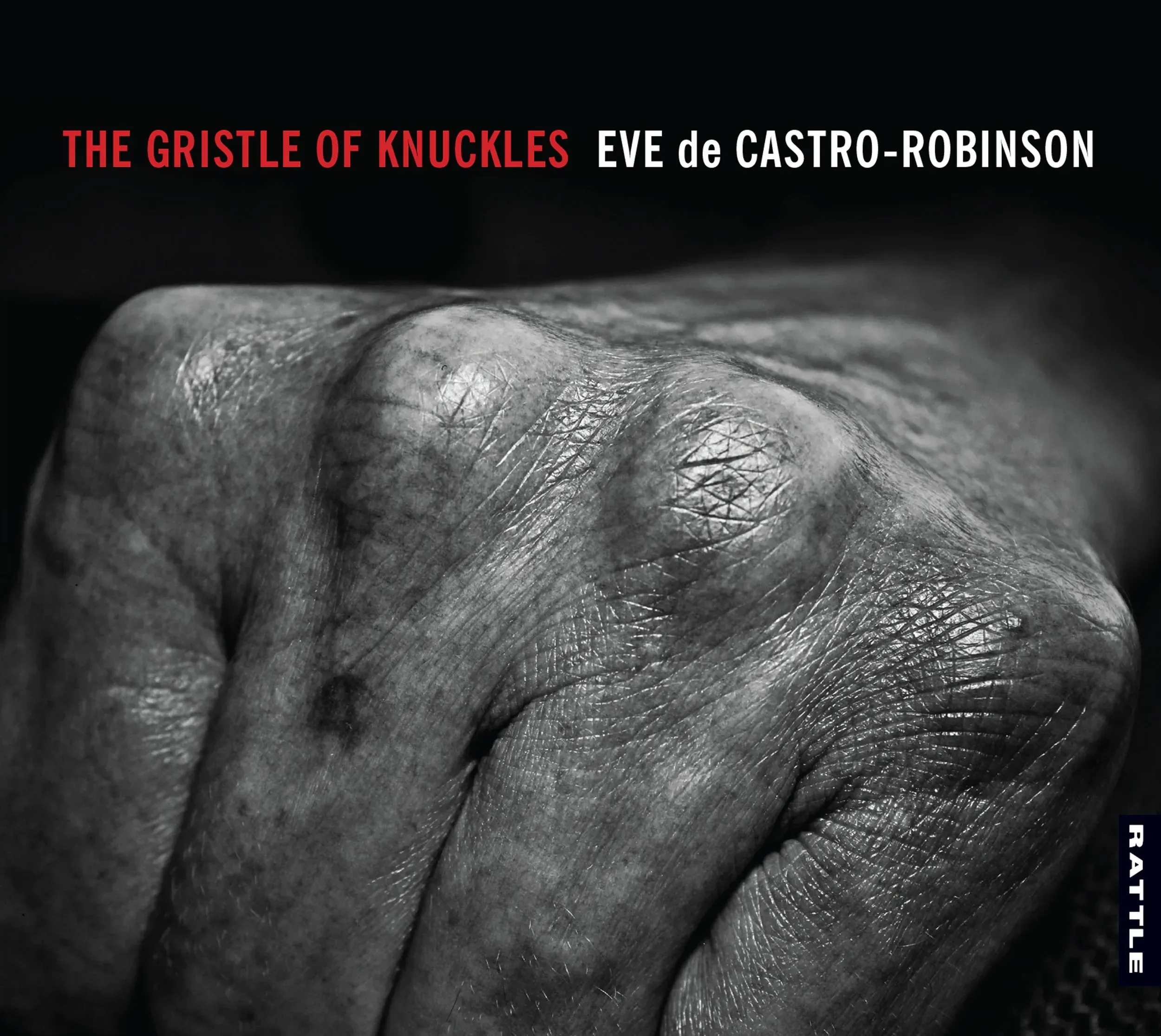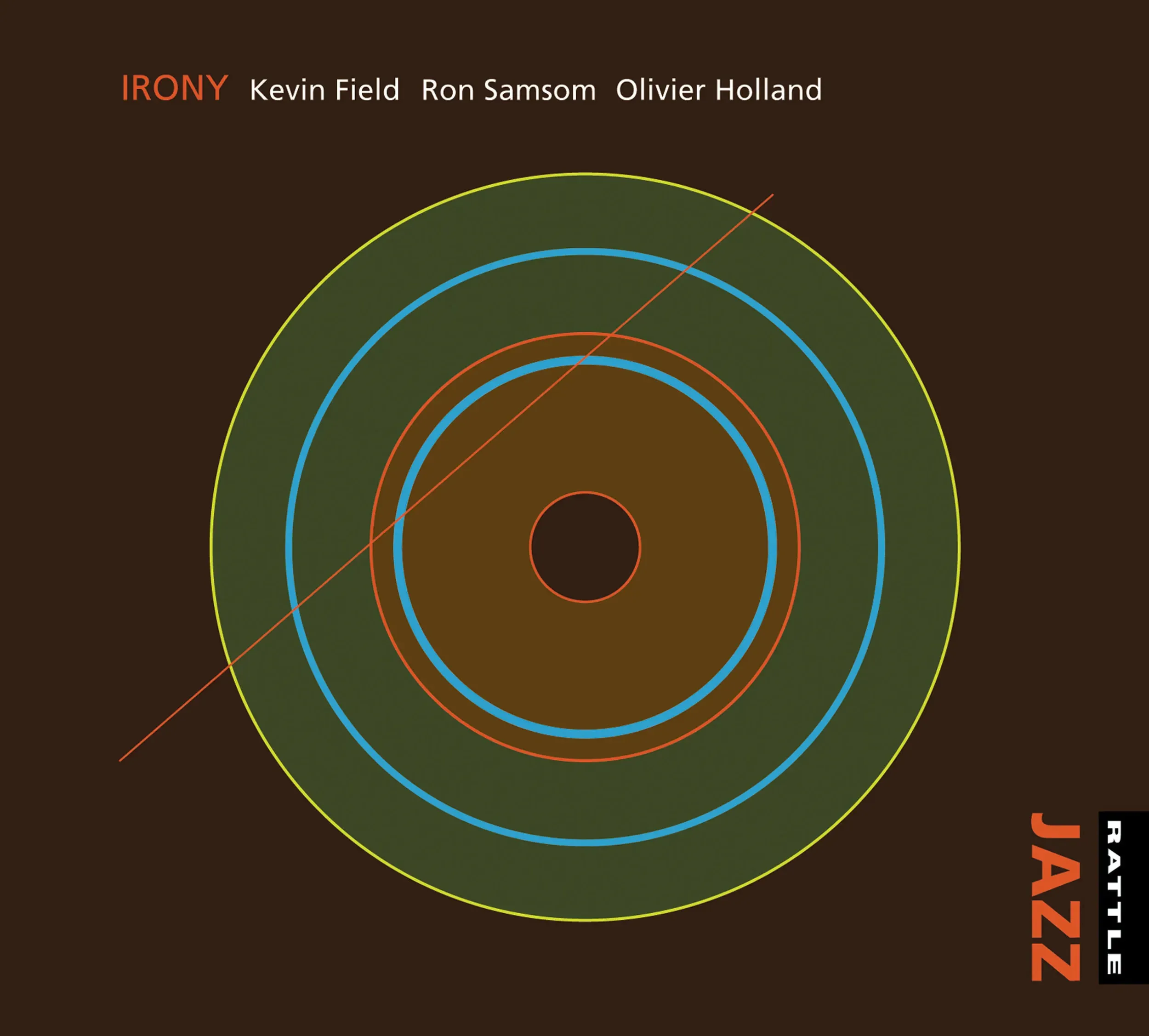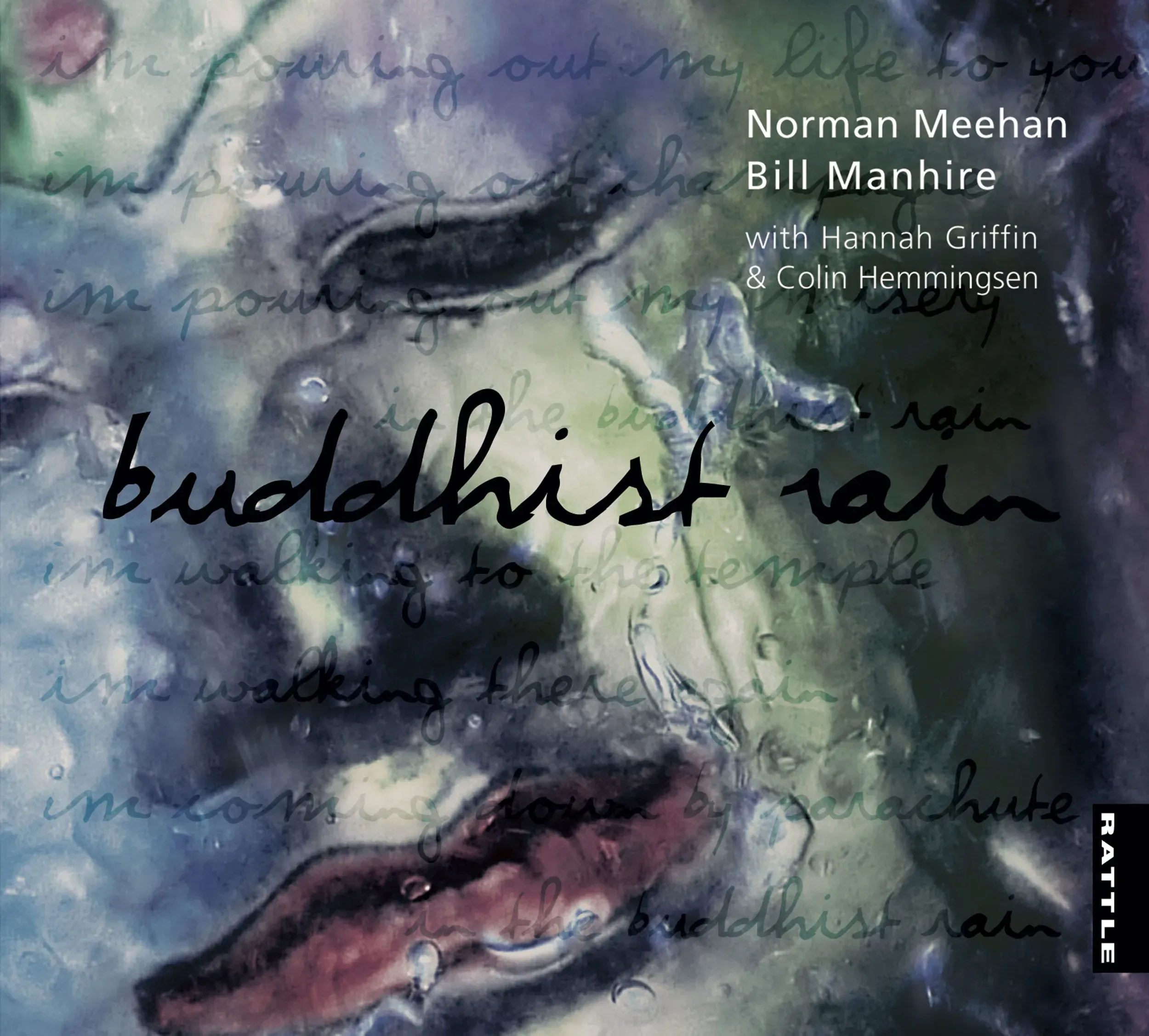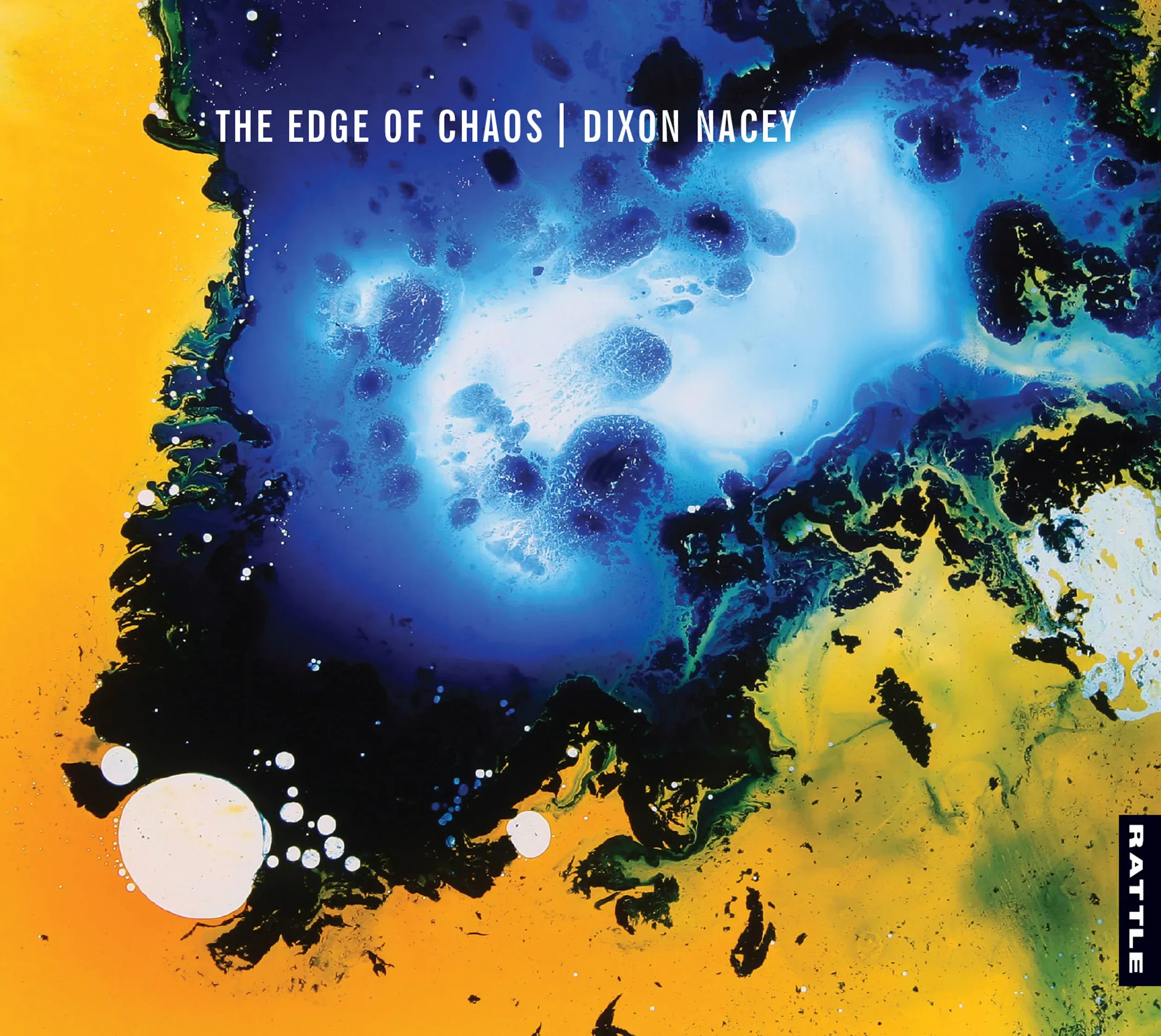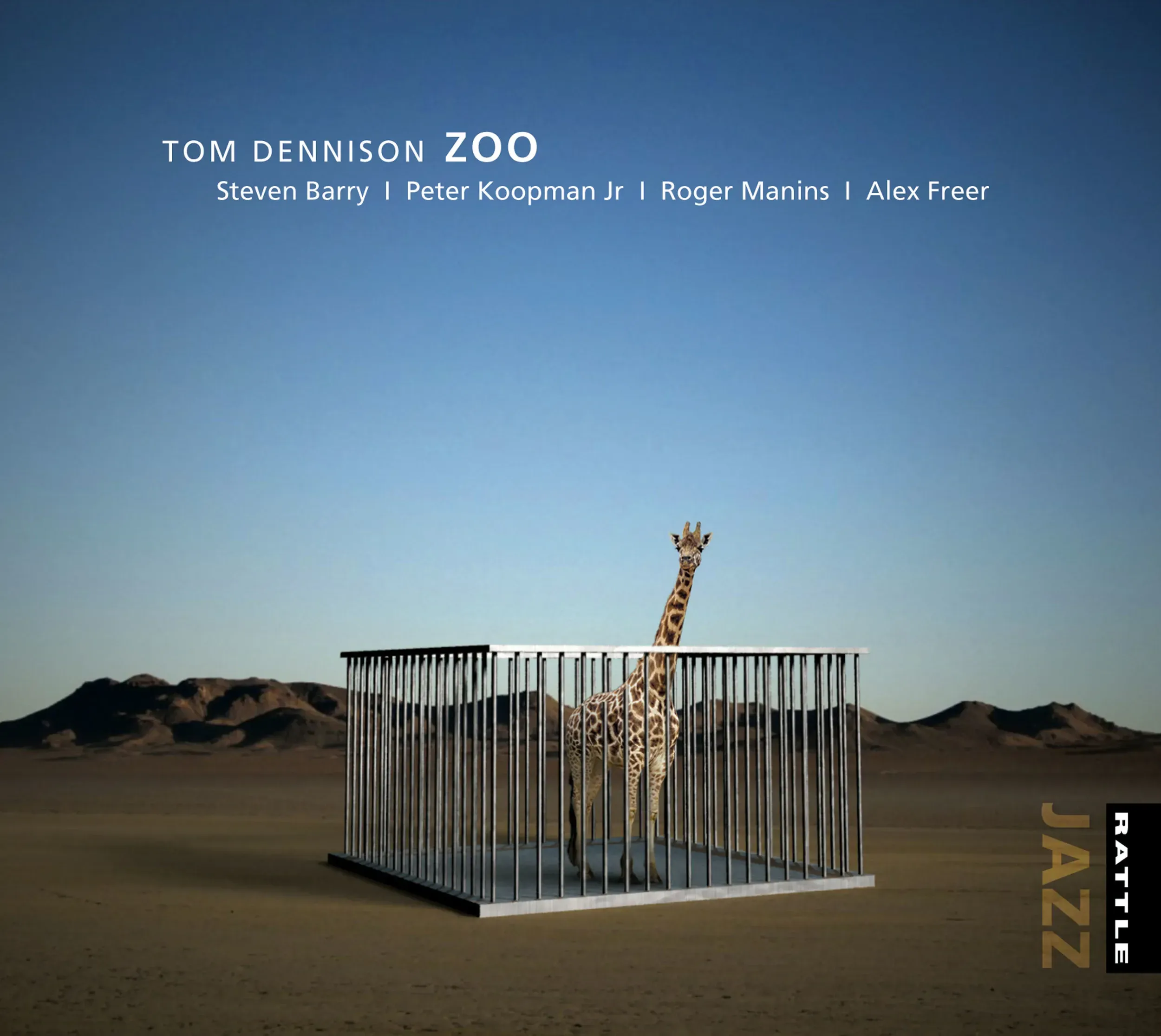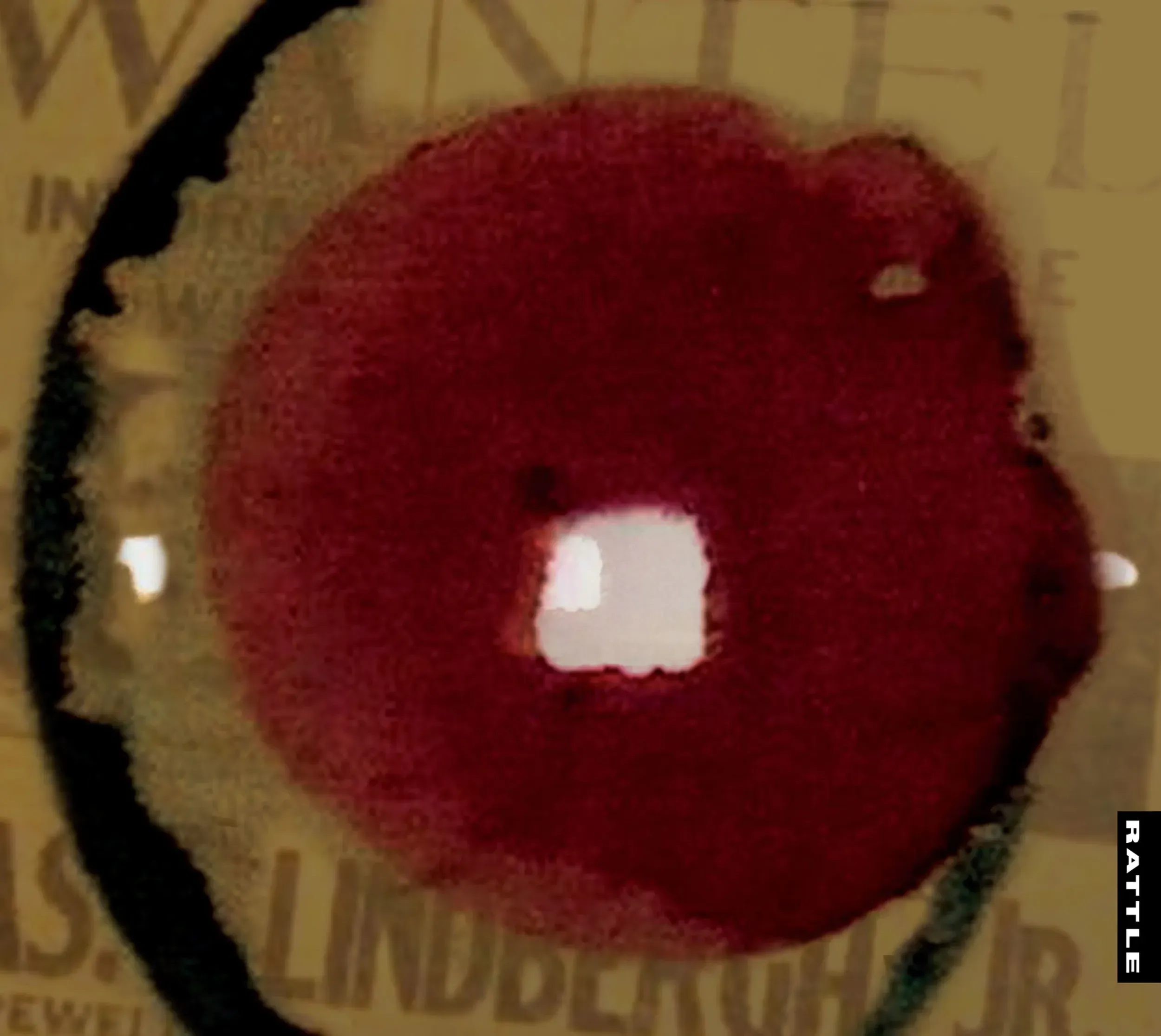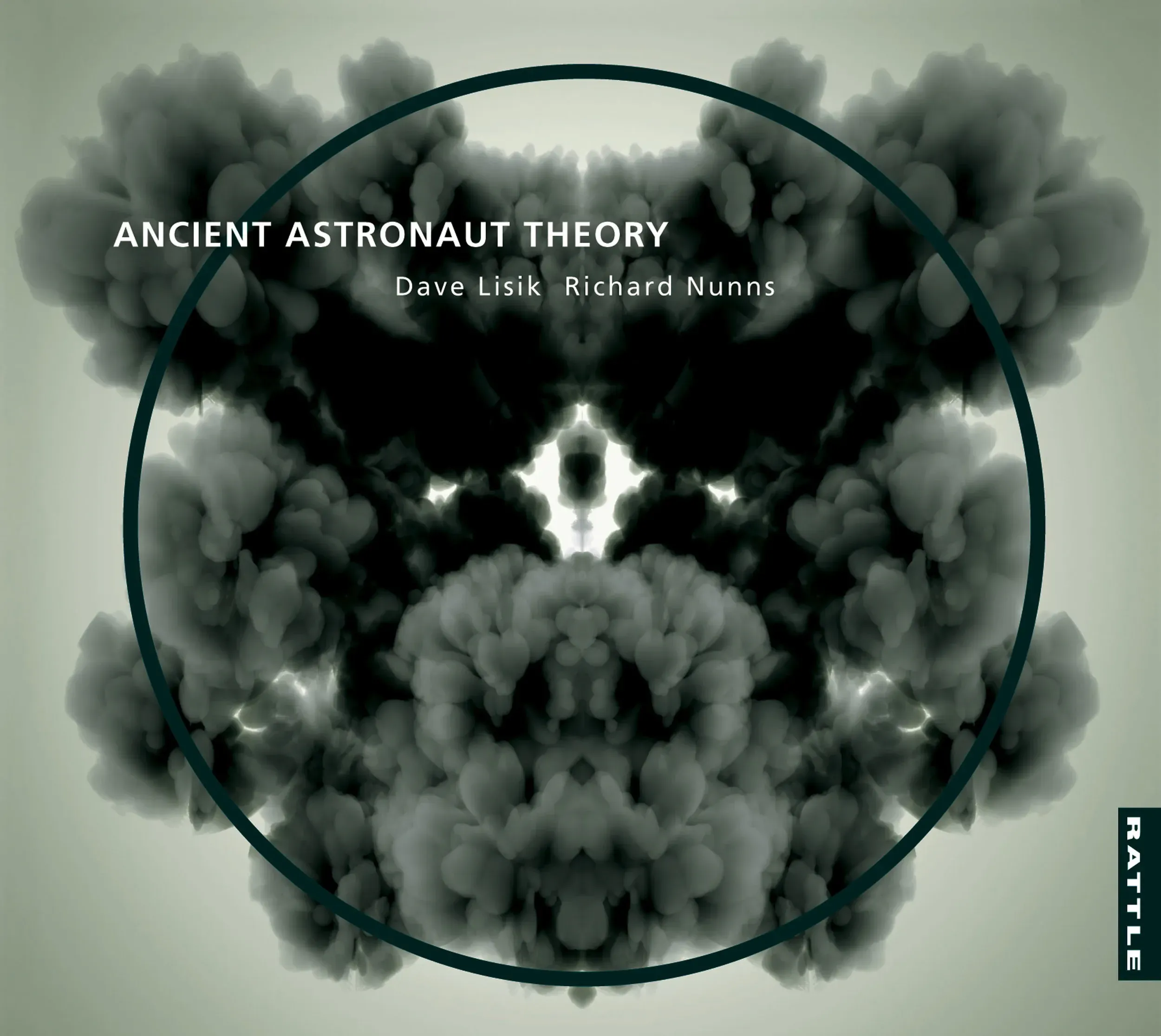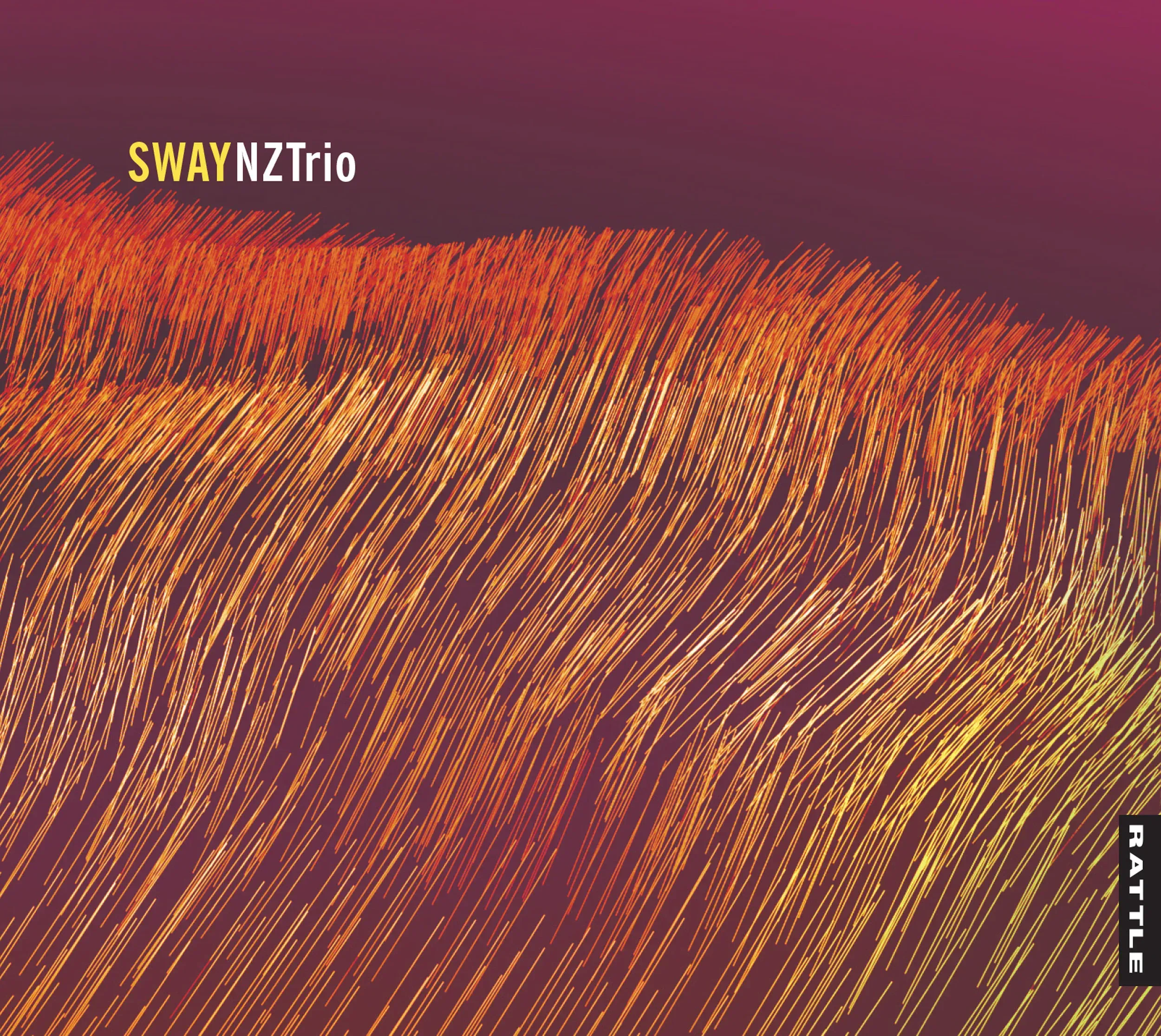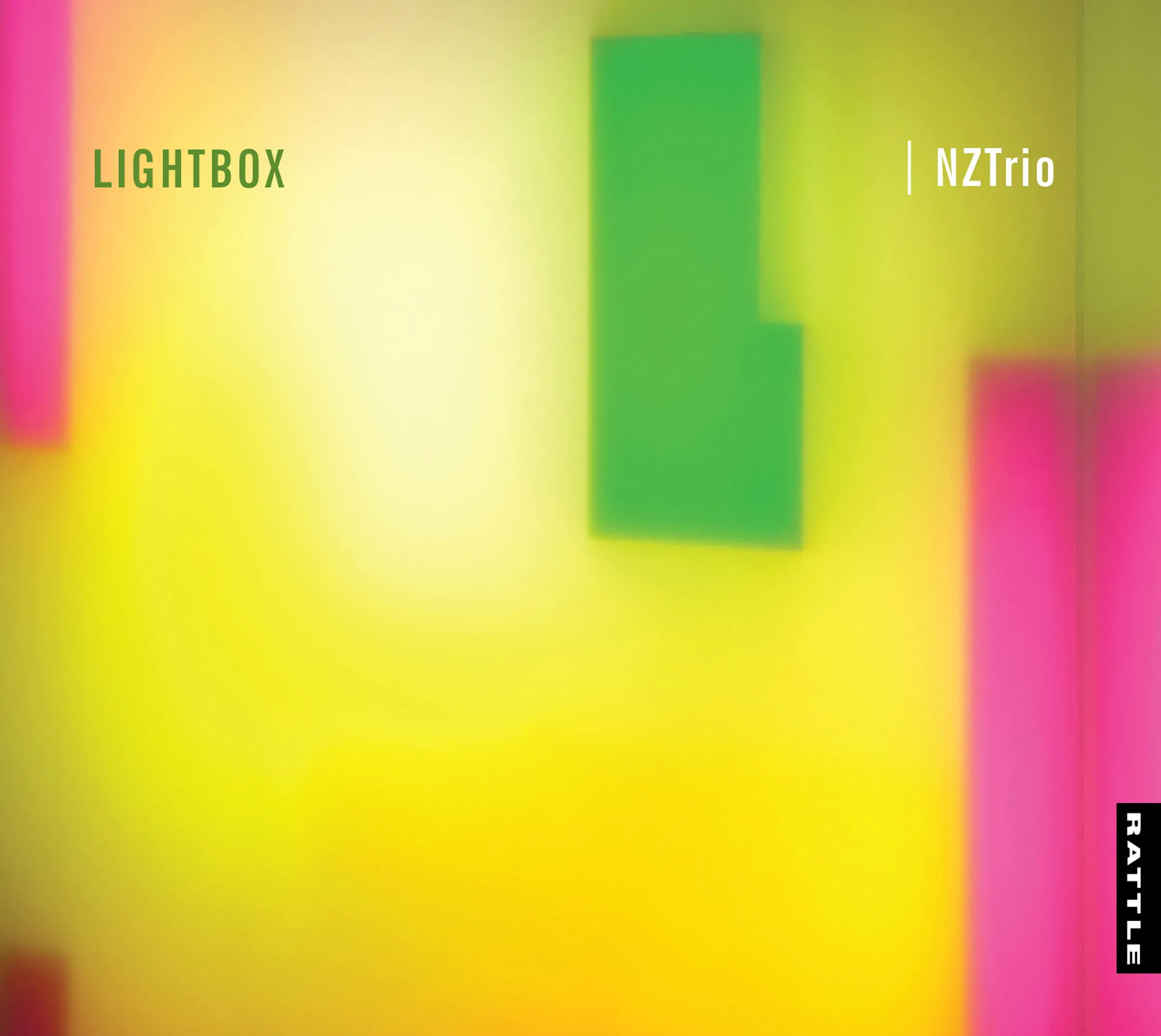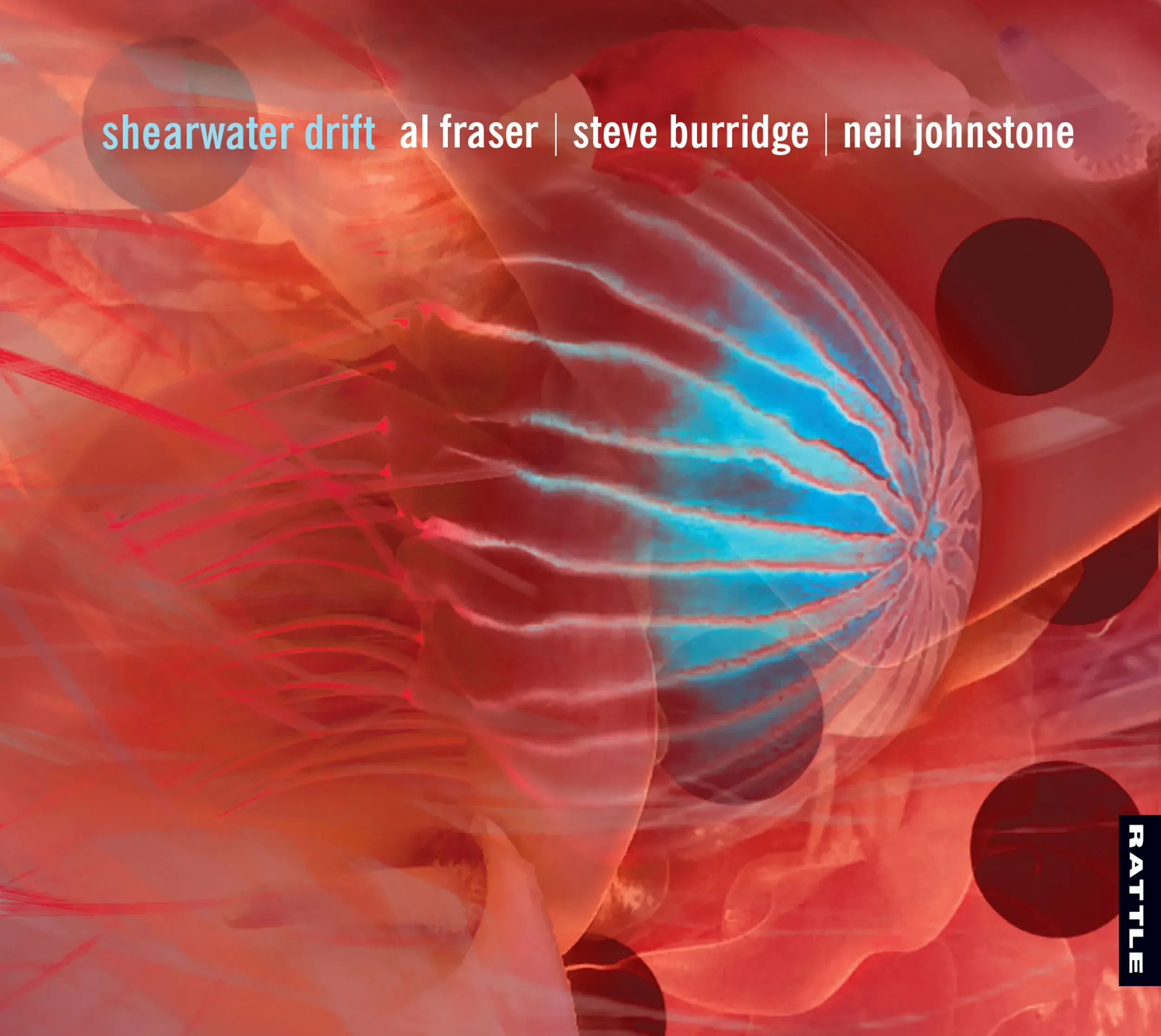Creating Music's Visual Gateways
Written by
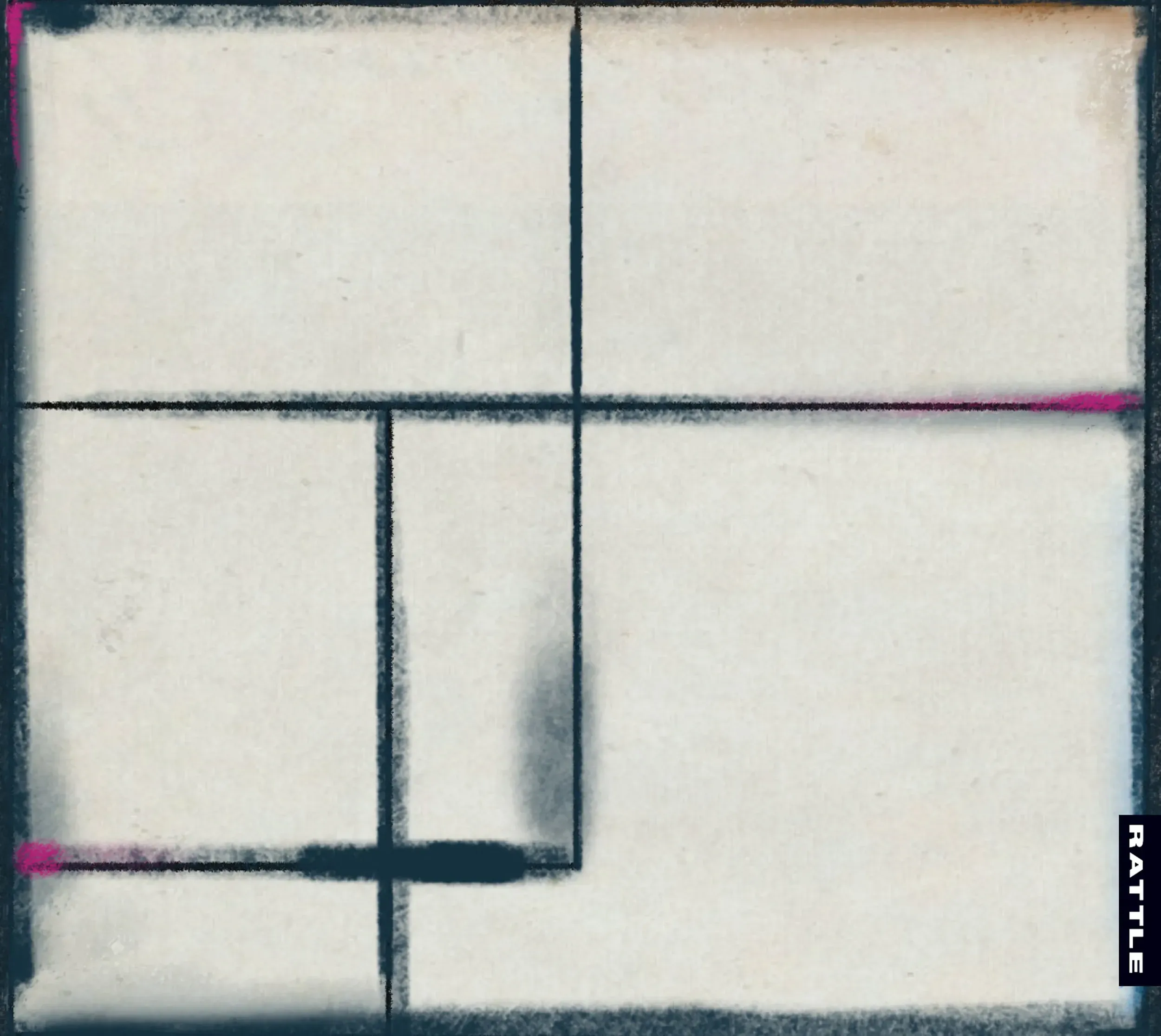
Auckland graphic designer Carolyn van Hoeve prefers to be interviewed by email (her answers forthcoming and considered) and the website for her company UnkleFranc is best described as skeletal: no bio, few photos of her work, some allusive images and a blank page headed “things we haven't thought of yet”.
There is however a quote from this writer which notes her work as the designer for CDs by Rattle, the Auckland record company helmed by Steve Garden.
At this year's Aotearoa Music Awards, Rattle Records has a clean sweep of the finalists in the classical category. For almost 30 years, presented cutting edge art music, recordings by taonga pūoro artists, and albums by jazz and classical musicians. Notable among the latter is Michael Houstoun's internationally acclaimed, magisterial 14-disc collection of Beethoven's complete piano sonatas.
It comes in a handsome box - designed by UnkleFranc.
Although many consumers have transitioned from CDs to digital platforms, Rattle has stubbornly clung to the physical format in solid, resilient covers which have always been “classy affairs [with] engaging artwork and design, useful liner notes and, after a few releases, the gatefold hardback format,” as I wrote two years ago and which appears on UnkleFranc's website.
Rattle's cover art is a reflection of the music within, which is where van Hoeve – trained in graphic design at Auckland Technical Institute as it was known at the time (now AUT) – comes in.
What's in a name?
Her career began at Jasmax Architectural Firm (“Jasmad as it was then,”) where she was rendering architectural plans for presentation (“colouring in”).
Subsequently, she worked in various ad agencies (meeting Garden's artist wife Viky in one), spent a few years in London honing her craft. It was after spending time in Sydney that she launched UnkleFranc with her partner Bruce Carter, before returning to Auckland.
And the name?
“There was an Uncle Frank in our family. A big man with a big heart, he worked at Westfield Freezing works in South Auckland for many years a long time ago.
“ 'UnkleFranc' is a nod to unsung working class heroes everywhere.”
Helping Rattle roll
In its first 15 years, Rattle averaged just one release a year but by the late 2000s when UnkleFranc came on board the label was taking off.
“Even though she was in Sydney initially,” says Garden, “the design process was easy. But after they returned to Auckland, Carolyn was able to oversee the design right through to signing off on the printer's proof.”
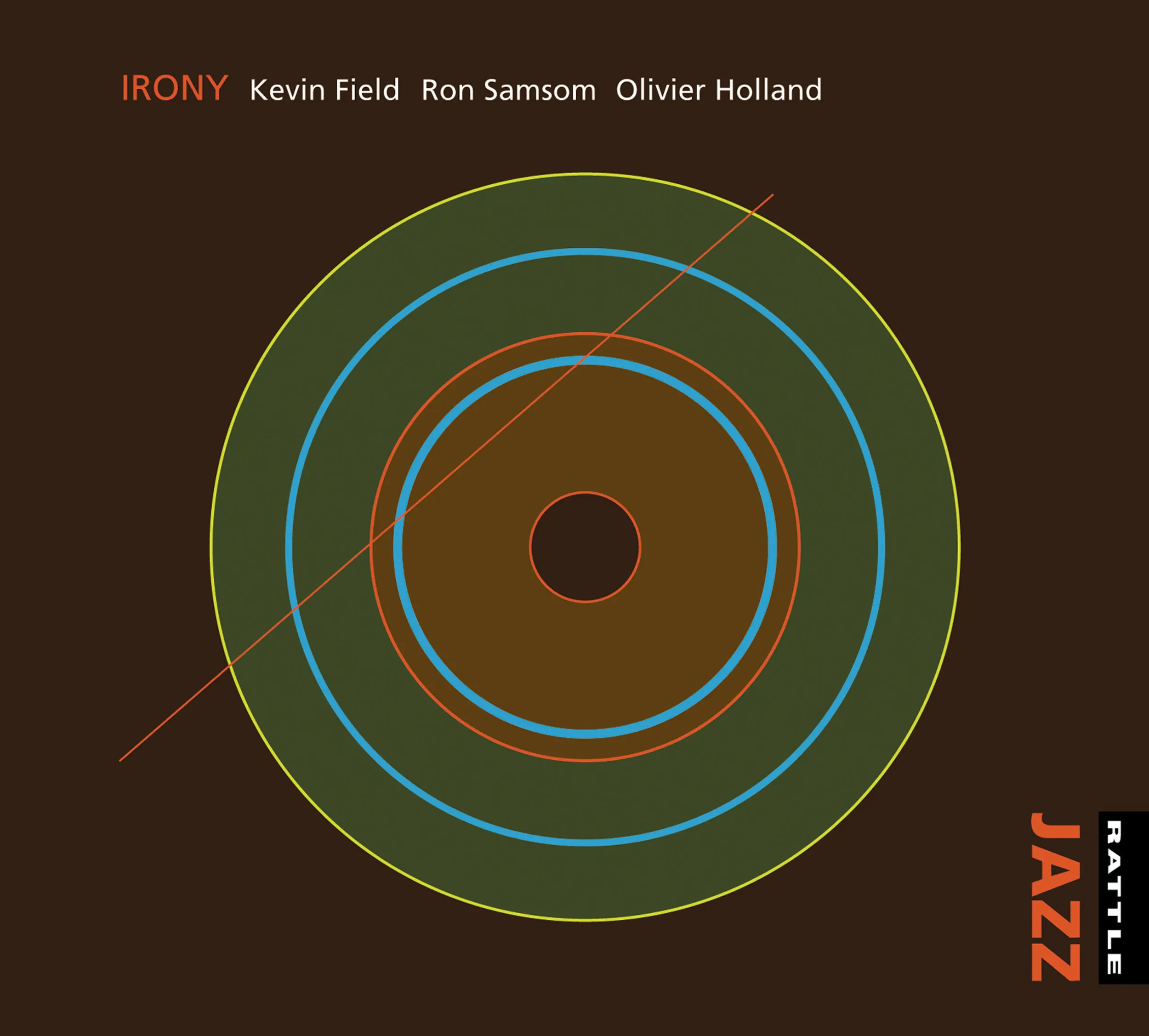
Her first design was for the jazz album Irony by the FSH Trio in '09. Then there were those for Michael Houstoun (the Inland set packaged in a gatefold CD sleeve with two discs and a DVD), John Psathas and Pedro Carneiro (Ukiyo) and Buddhist Rain by Norman Meehan and Bill Manhire.
Garden says 2011 was when UnkleFranc and Rattle found their groove, the label releasing an unprecedented 24 albums which included some stunning UnkleFranc designs, among them Rail 16, the surreal Zoo and Ancient Astronaut Theory (see below).
Collaboration
“Given Rattle regards every release as a collaboration or partnership with each individual artist,” says Garden, “we welcome input from the artist when it comes to the cover image. The only proviso - which has never happened - is in the case of a stalemate, Rattle makes the final call.
“In most cases, UnkleFranc offers a selection of options, and we collectively pick one.”

“Initially I took a more graphic approach,” says van Hoeve, “but this evolved into imagery that was less structured and every cover became an individual response to the music.
“Working on album covers is a privilege. There’s a long symbiotic relationship between music and visual art.
“With these early covers, Steve was forming a clear vision for the label and wanted that to be expressed in the visual language of the cover. We had many wine-soaked evenings defining what that meant.”
van Hoeve also acknowledges Rattle’s other long time collaborator, printer and packaging specialist Dave Trotter at Studio Q: “His sensitivity, creativity and exceptional quality of his work is a key ingredient of that vision.”
Judging an album by its cover
Most artists, she says, give her license to explore her own ideas.
“That’s one of the great benefits of working with creative people. They understand even though the design process is done in the service of others, each is an expression of self.
“They understand that and the level of respect I’ve enjoyed from them is humbling.”
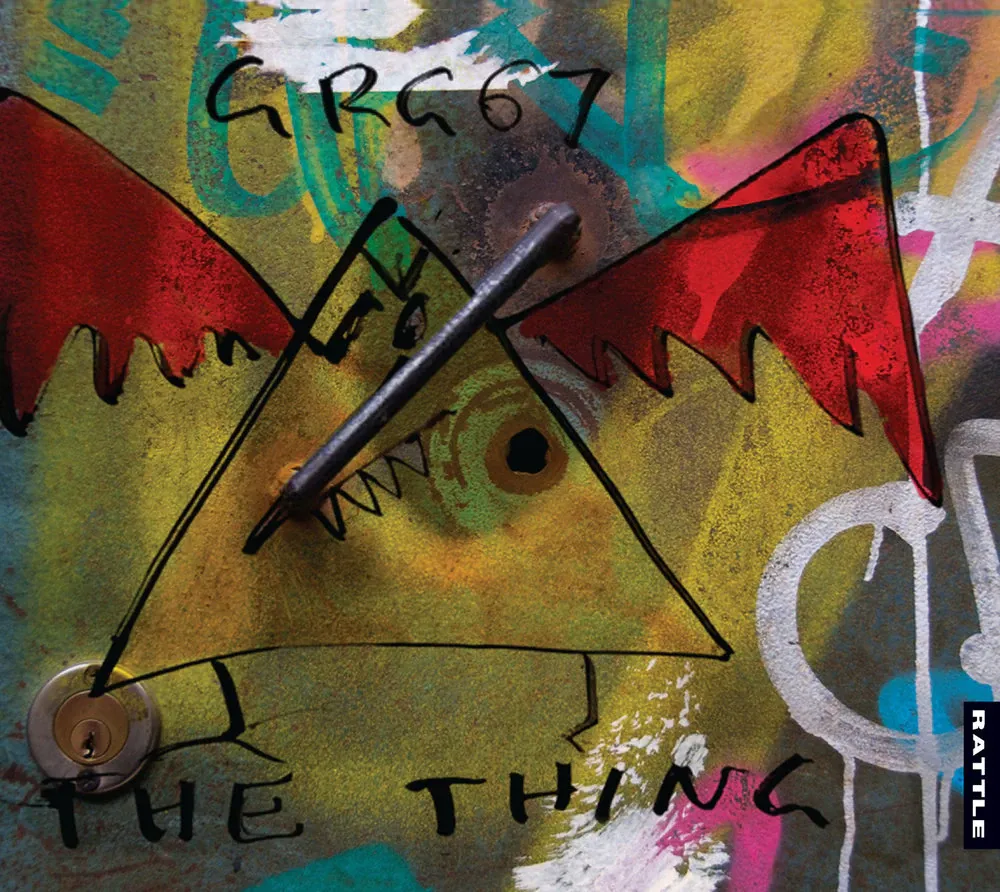
She listens to the music while formulating ideas and sometimes Garden or the musicians will write something to express their intentions.
Rough ideas are shared with Garden (“He'll always push me further when at times I feel I’ve arrived at a good option. The end result being a cover we both feel proud of”) and their long relationship has been mutually supportive.
“His vision for Rattle drives the overall approach to the visual expression of the label, yet he’s not prescriptive in what he wants for each album. My ideas begin and end with the music.
“Jazz and the more free-form experimental projects defy literal or pictorial interpretation. I love these because they allow me to explore more abstract forms of colour, shape and rhythm.
“Music’s power to challenge and connect with the mind as much as the heart becomes my challenge: to express the same in a visual form. I have learned so much from working with the artists.
“My work should always serve the music.”
Hands-on involvement
As a scan of the scores of UnkleFranc album covers confirms, van Hoeve is diverse in her use of visuals, sometimes using stock images as a starting point, referring to her own library of half-formed or discarded images, and experimenting with ideas.
“Eve de Castro’s wonderful Gristle of Knuckles is one of my favourites, not least because it was released on vinyl. I spent an afternoon with Eve photographing her hands, and then working with the image to draw out the story threads etched in them from a lifetime of artistic endeavour.
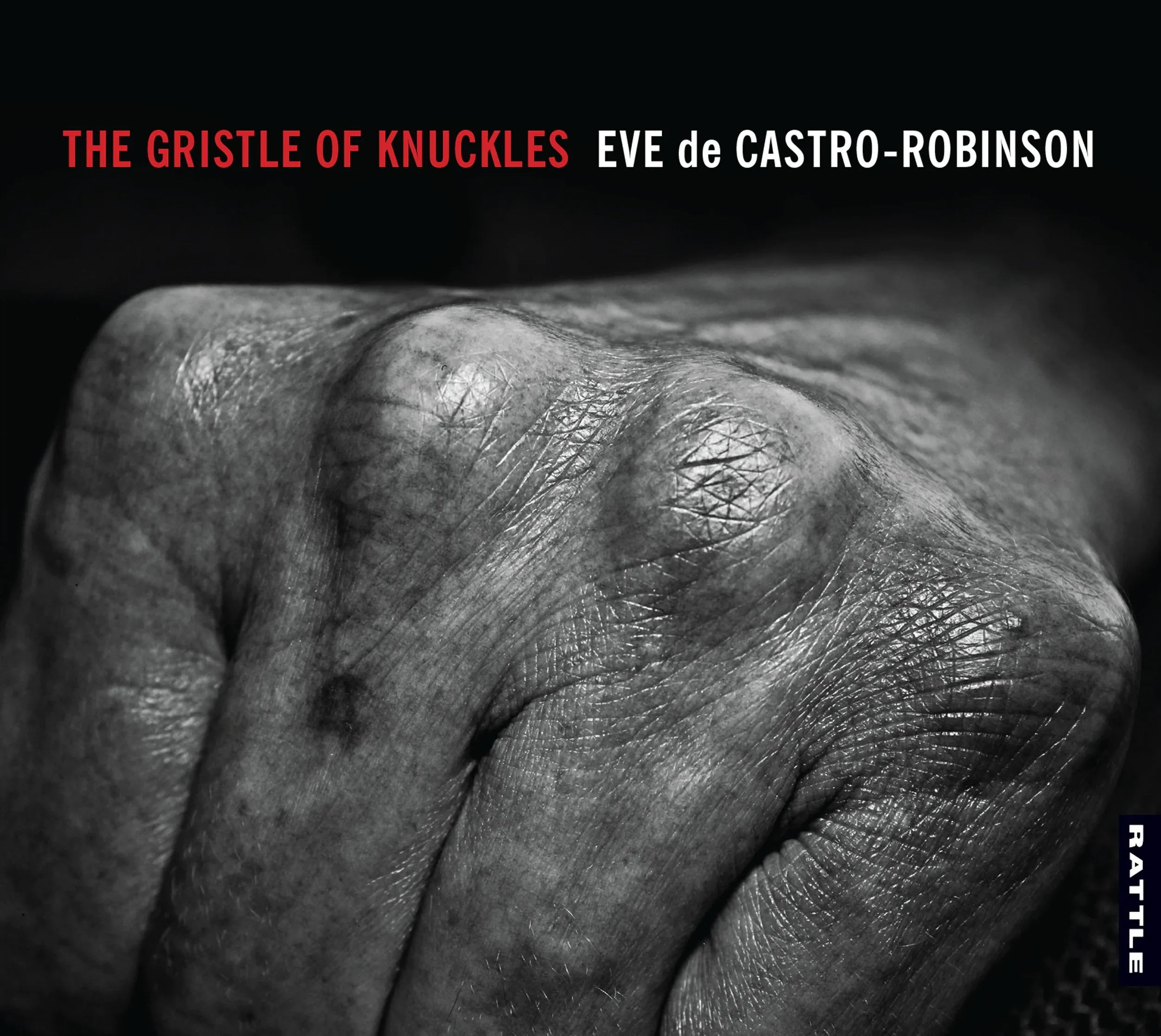
“Those are her knuckles on the cover. Once she understood I was wanting to draw out every line and blemish, and all of the strength they represented, she totally got on board with it.”
She also notes she's fortunate in her partner in UnkleFranc, Bruce Carter, is an animator fascinated with where image and technology intersect. Several covers have come from those experiments.
Carolyn van Hoeve is understandably proud of the Houstoun/Beethoven box set because the pianist is such a taonga.
“I wanted the collection to be a document that, like Beethoven’s music, would be referenced a hundred years from now, and also to be of ‘this place’ and from this artist.”
We chose six distinctive Rattle/UnkleFranc covers for Carolyn van Hoeve to comment on, then invited her to pick a couple she is especially pleased with.
The Edge of Chaos by Dixon Nacey
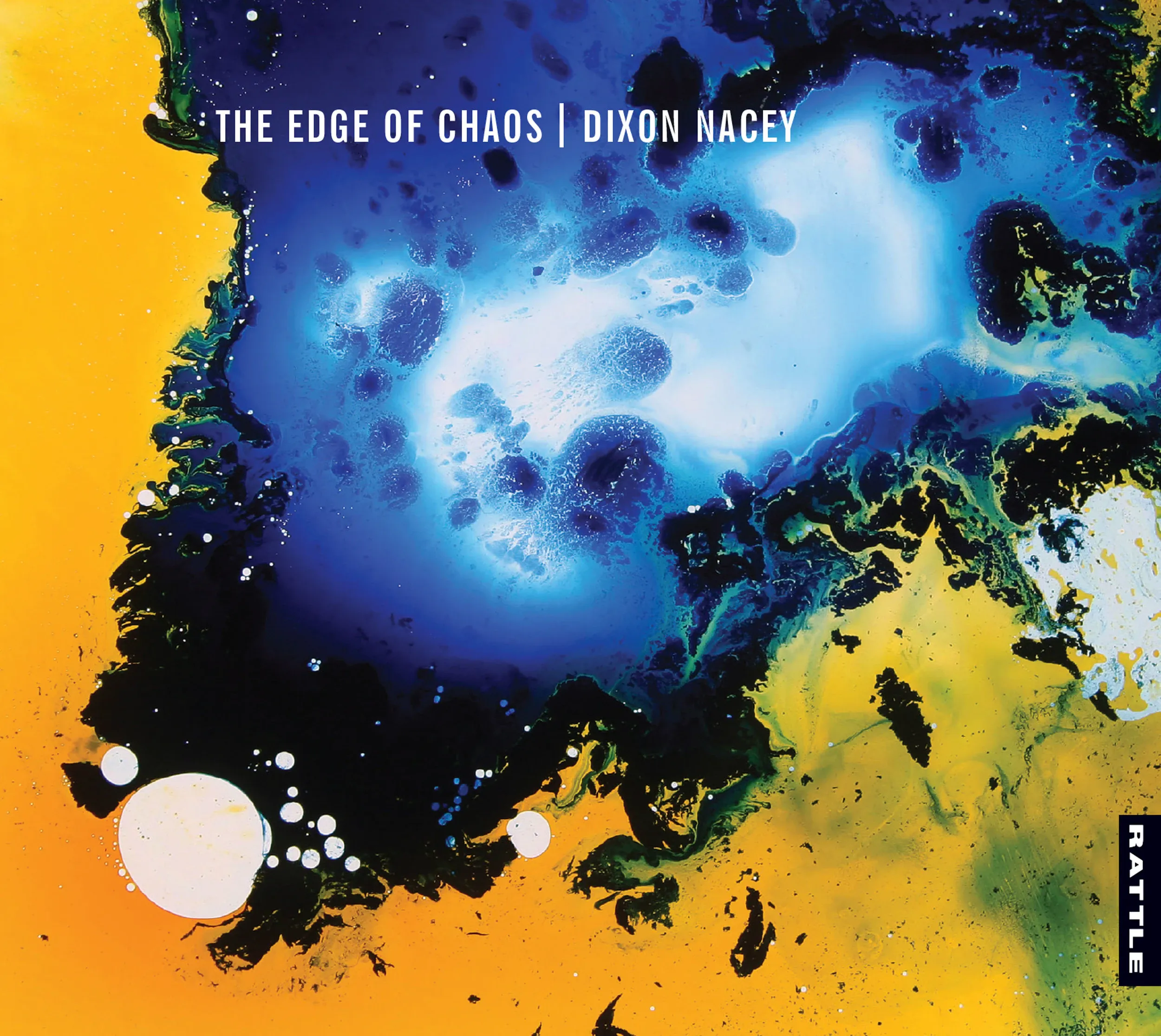
Some covers lock into place quickly and this is one. It's a found image, from a library. I seldom use stock images ‘as is’ and like to alter and change them to find a quality in the image that reflects the intent of the music.
Zoo by Tom Dennison
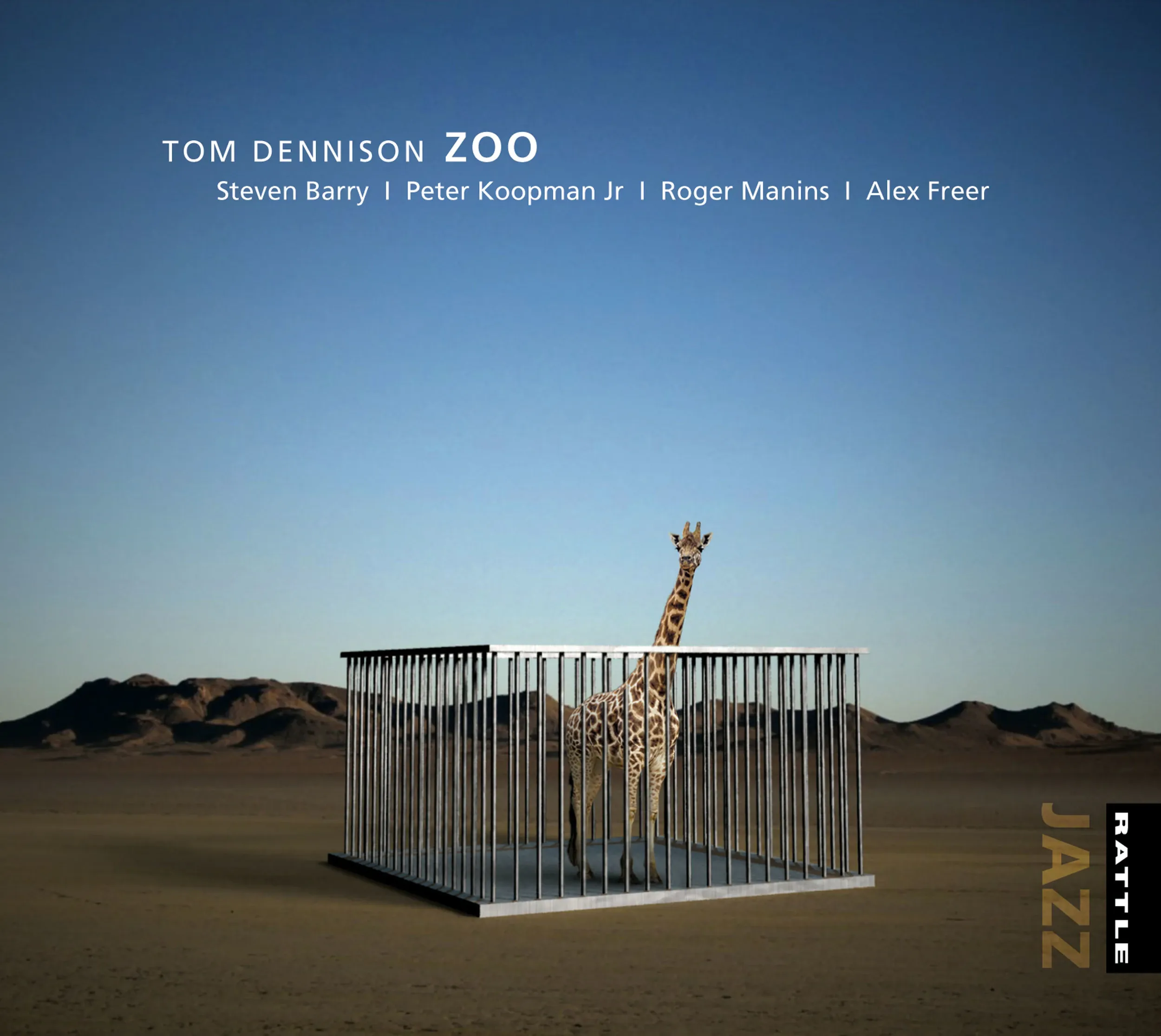
I’m not sure how I got the Zoo cover past Steve! I like this though. One of the few more literal interpretations of the album name, it also explored ideas of containment vs freedom (of expression).
Rail 16 by Dave Lisik
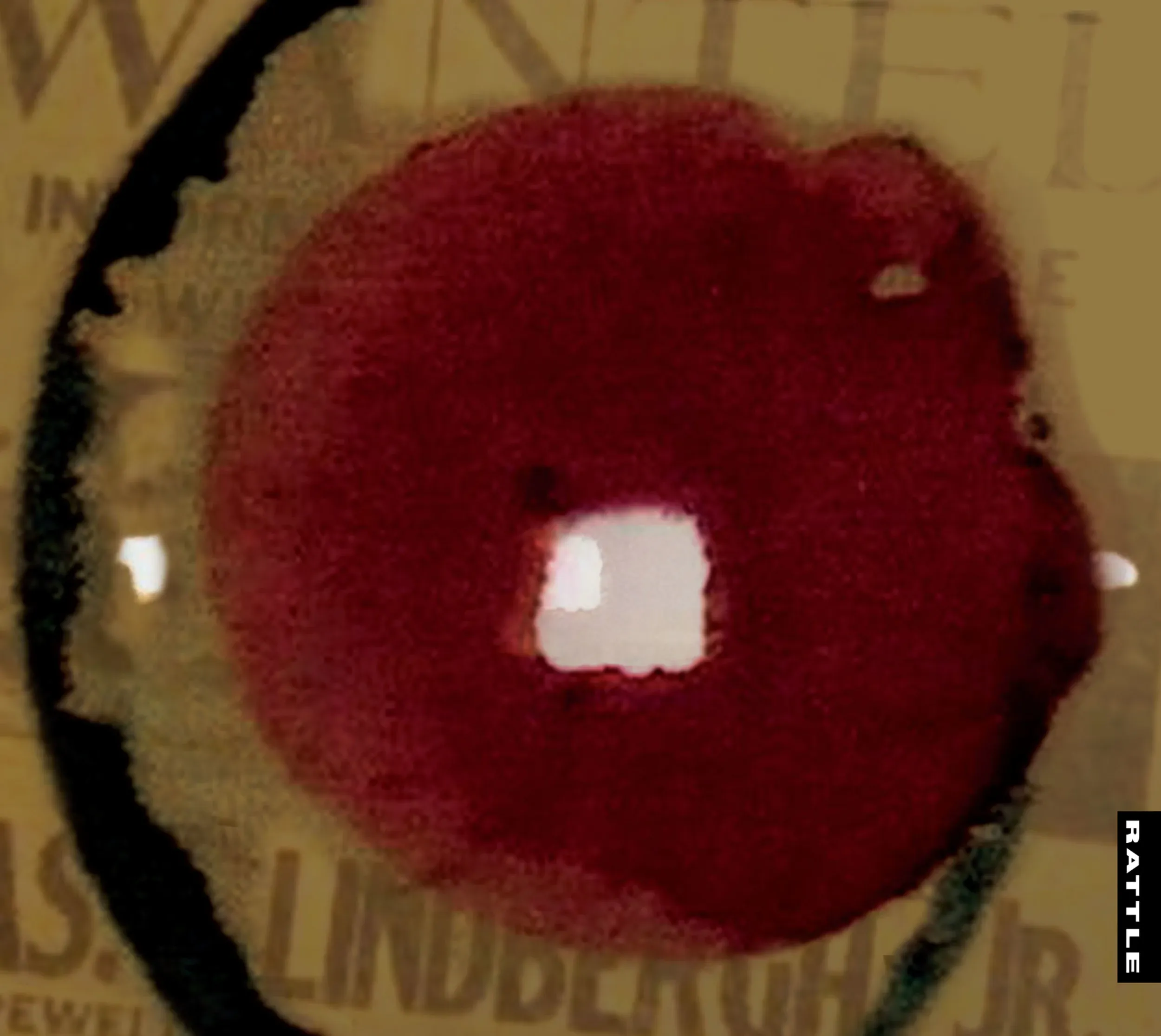
The title was inspired by the 1932 Lindbergh baby kidnapping crime involving the kidnapping and murder of the son of aviator Charles Lindbergh. The 16th rail was missing from the ladder used to abduct the child from his nursery. The rail became the crucial piece of evidence that led to the arrest of the kidnappers. I sorted through lots of old newspaper images to construct the final cover. Dave’s albums were fun to work on. Visual narratives like this were often woven through his music.
Ancient Astronaut Theory by Dave Lisik and Richard Nunns
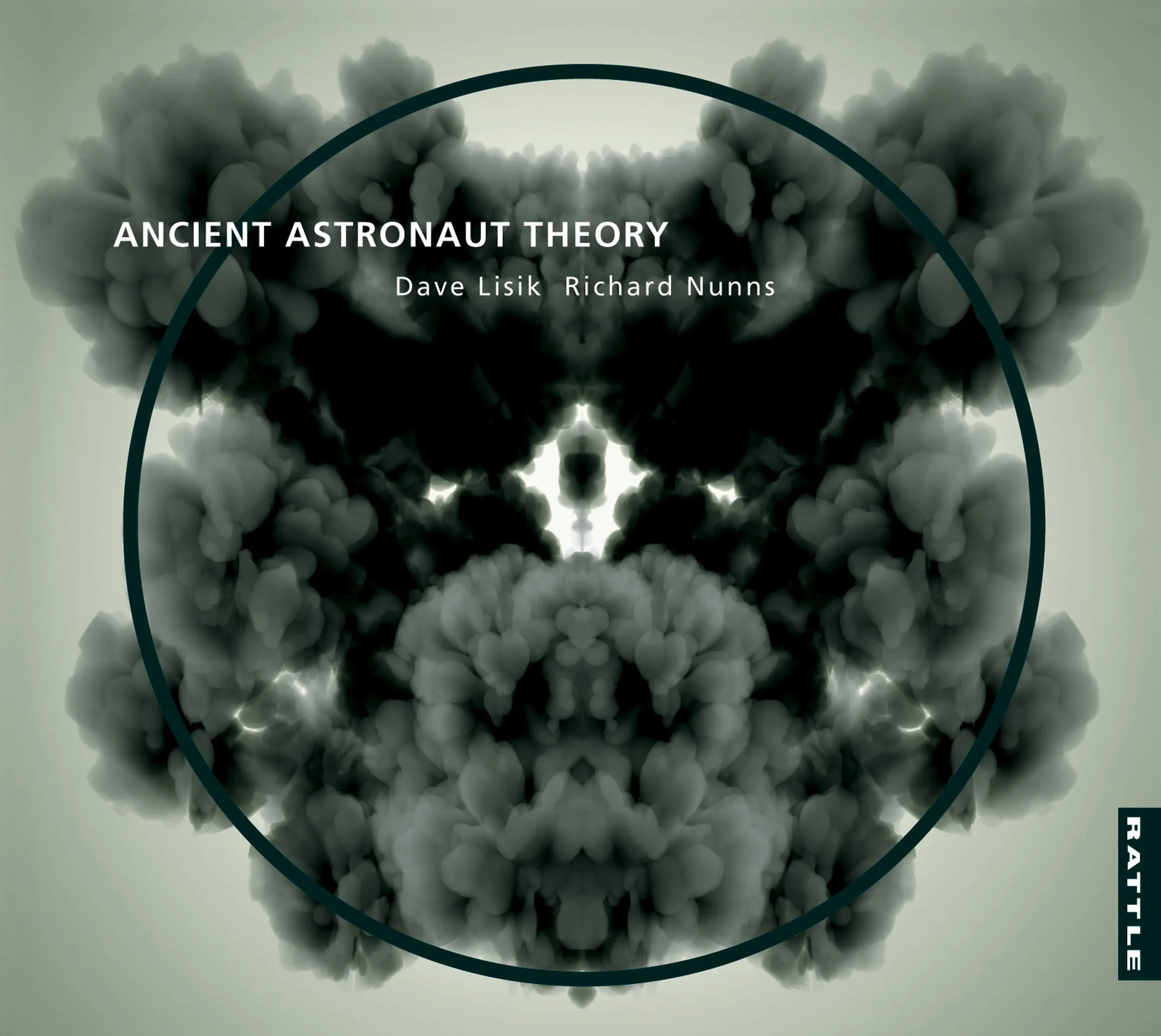
I love this. I constantly collect, photograph or make images as learning exercises or just for the fun of it. Most of them eventually get used or become part of some project or other. This is one that was perfect for these experimental procedural digital images I'd been playing around with.
Sway by NZ Trio
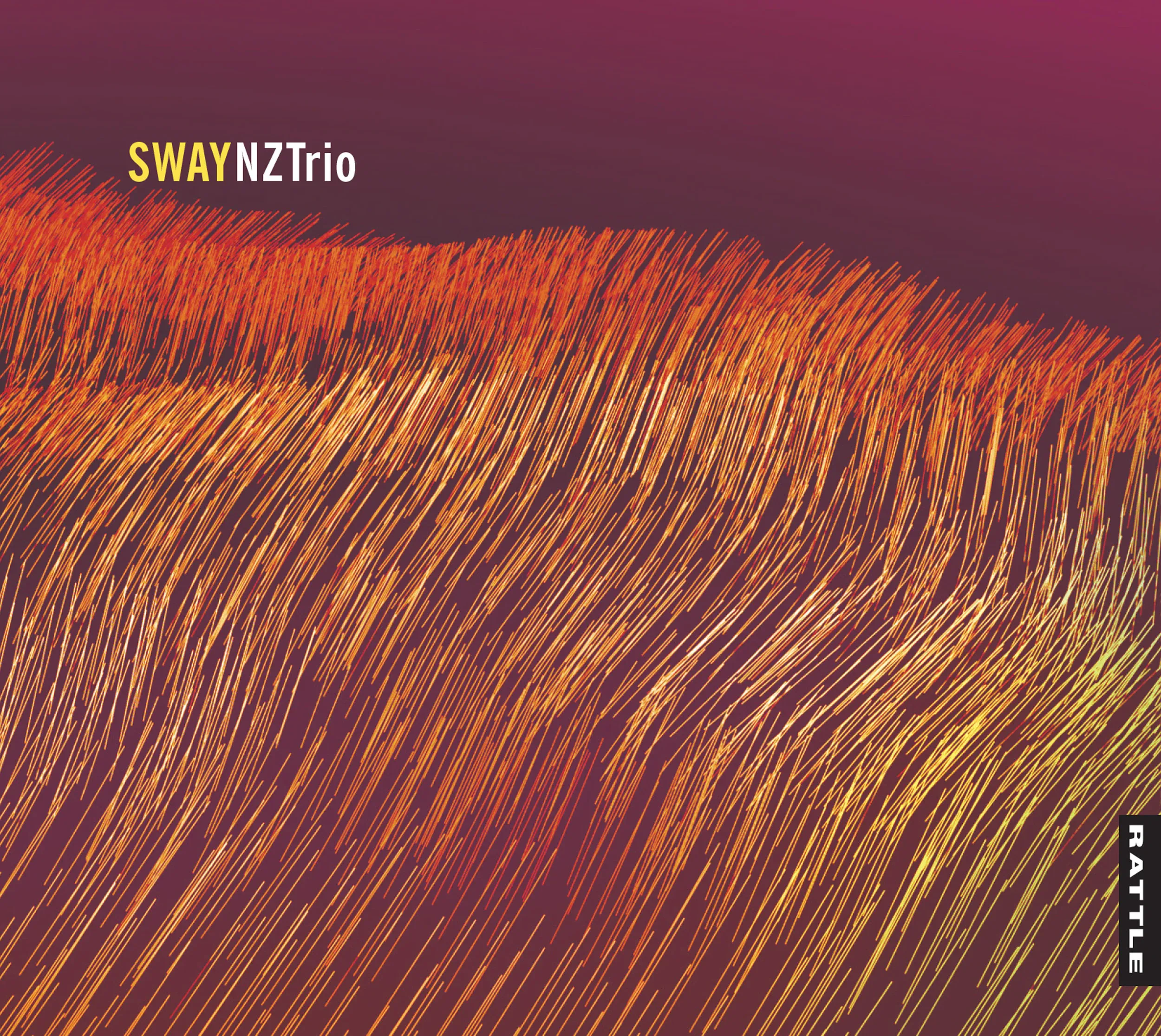
The music and the album title were instantly evocative. I knew quite quickly I wanted a strong graphic image, but also something that was interpretive: maybe it’s the wind on grass or the rhythm of shapes? This is another that happened quickly.
And her choices...
Lightbox by NZ Trio
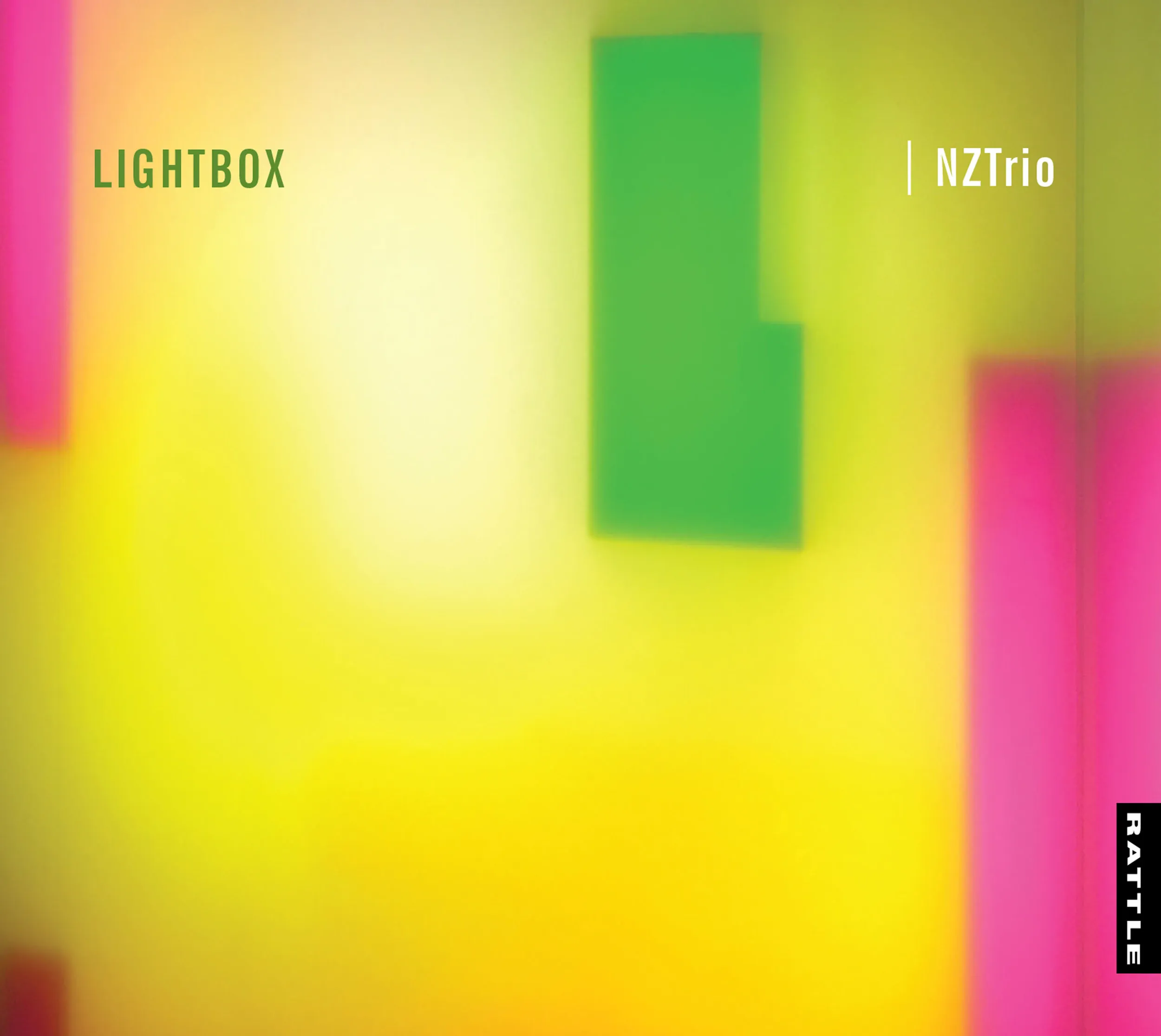
An example of an album using an image sourced from the James Wallace collection. The Wallace collection is an incredible repository of New Zealand art and has been generous in giving us permission to use images for albums they are associated with. I will zoom in on an aspect of it that makes for an interesting composition, seeking to recontextualise and relate it to the music’s intent.
Shearwater Drift by Al Fraser, Steve Burridge and Neil Johnstone
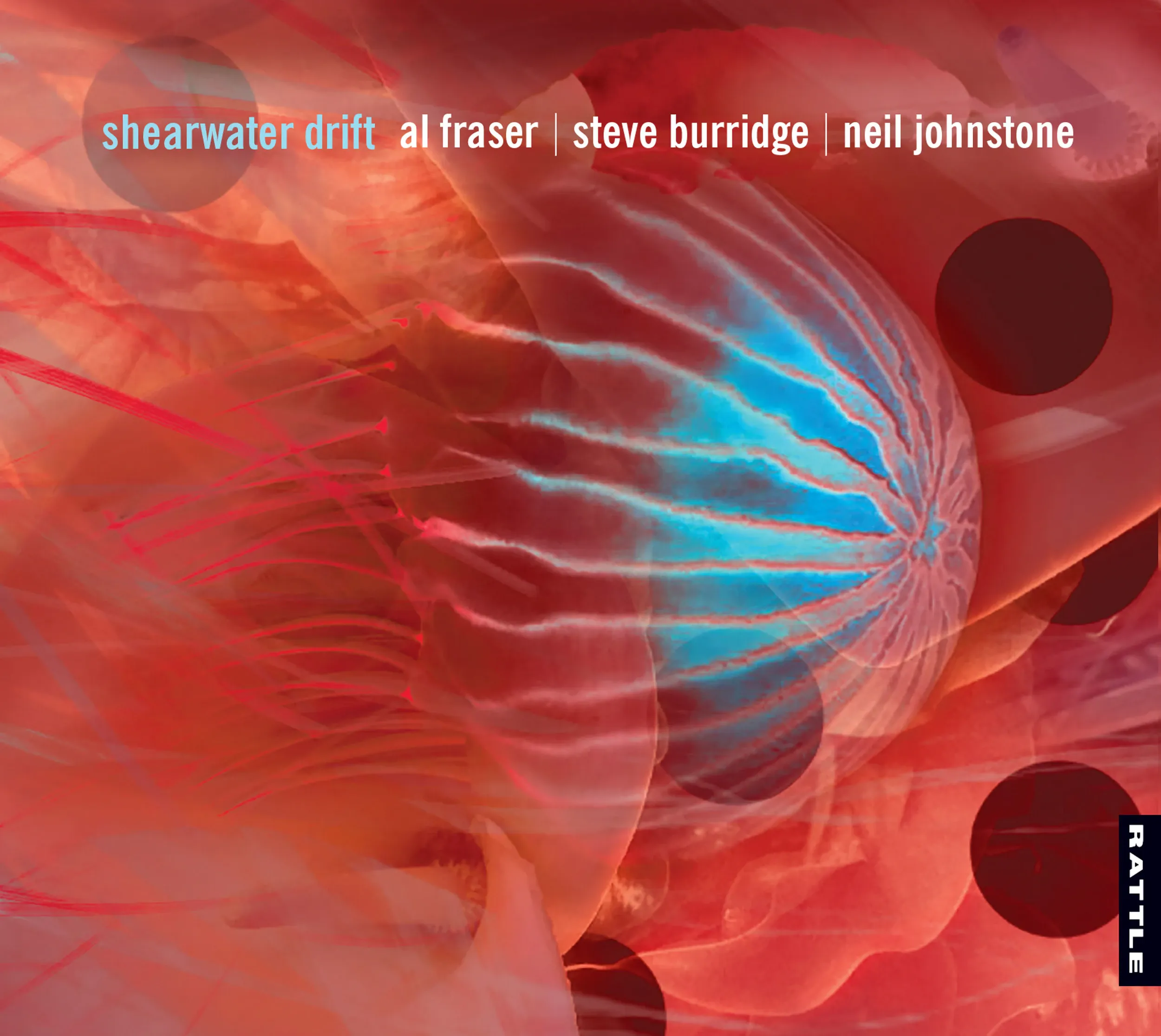
Neil Johnstone has provided some amazing original pieces of work to use which has made my job very easy. Again it’s about choosing an aspect of the piece that works well compositionally.
